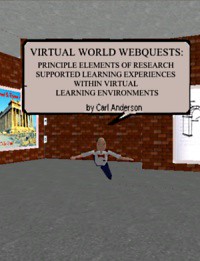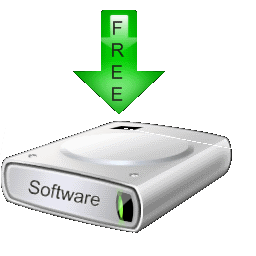-Continued from part 3
Step 4 - Building a Launchpad
Now that you have determined what performance objectives the state, your school, you, and your students all feel are important to meet and eliminated the ones they have already mastered through curriculum compacting it is time to lay the foundation for designing projects for the students to do to meet the remaining objectives, goals, and targets.
I have seen and used many different approaches for this. In fact, it is necessary to apply varying approaches because not every approach will work best with all students. I see two broad categories for projects: Externally motivated and internally motivated. Externally motivated projects rely on events that happen or have happened recently outside the classroom. We can broadly think of these as current events that inform the curricular topics still needed to be addressed. These external sources of motivation are useful because they make apparent the why of learning anything new. An example of this would be students writing letters to the editor about a current event for an English composition class instead of doing grammar exercises. Internally motivated projects are those that are driven by student personal interest. With these projects students also immediately see the purpose for learning but what one student does might not interest other students to the same degree. An example of this would be a student in a math class who is interested in dirt bikes using data obtained about dirt bikes to make predictions, design a better bike, or determine the laws of math and physics that are at work with biking.
Another way to categorize projects is by level of collaboration. There at least six different levels of collaboration: individual, partner or small group, full class, partner with online or distant partner, small group with online small group or distant partner, or participation in a global project (ex. Wikipedia). Some students will be motivated strongly to work independently and show a strong ability to manage projects by themselves.
The individual project model (either internally motivated or externally motivated) will work well for them. For these students it is useful to conference with them before and after a project checking in with them only from time to time to see how they are doing and guide their self paced learning by making suggestions. For these students it is important that they know and feel that they are in control of their own learning and understand the expectations in terms of performance objectives.
For students who do not work well independently or who find they work best when there is a more social element to the learning environment either small group or full class projects are best for them. Using a democratic classroom the students can still feel they are in control of their own learning. However, these two models (especially full class) are much more teacher directed than an independent model. Project development will be nearly identical in a small group or full class as it is with individual projects but in most cases will take longer because you are adding the democratic element. The old saying, "If you want to go quickly go alone, if you want to go far go together," applies here. In a group or class project you will have the added resource of multiple talents, personalities, and abilities but you will also have problems not present with independent work.
The biggest problem with group or full class projects is making sure every student does their fair share of the work. This can be addressed in the planning stage. If each student is assigned a role or task they will each have their own contribution but they will also each have their own separate set of assessment criteria. It should be stressed in these cases that what the teacher will assess will not be the group's final product but rather the individual contributions of each member of the group. In a way, this turns group projects into many individual projects connected through a common theme. With this model there is often an additional motivator: peer pressure. If one student is depending on data from another student to complete their role they will likely put pressure on that student to make sure they get their stuff done. As long as you have sufficient momentum with your project so the group feeling doesn't swing the way of apathy this will work to your advantage.
Step 5 - Assessment
With project-based learning assessment is the perhaps the most important duty of the teacher. It is important for students to know before they start work on a project how they will be assessed. Rubrics and checklists help with this but when each student is required to do something different this can be daunting if not impossible. First, it is good to anticipate project tasks that will be common and have rubrics ready to go. For example, an essay writing rubric, a poster rubric, a presentation rubric, etc. For more specific tasks it is important to work assessment planning into project planning. Work with the student(s) to articulate how you will assess whether they learned or achieved desired learning objectives or if they have met the standards. Then, as students are working on projects constantly refer to these rubrics to guide their research, discoveries, and work. Using a tool like Rubistar helps a lot with this stage of the PBL process.














